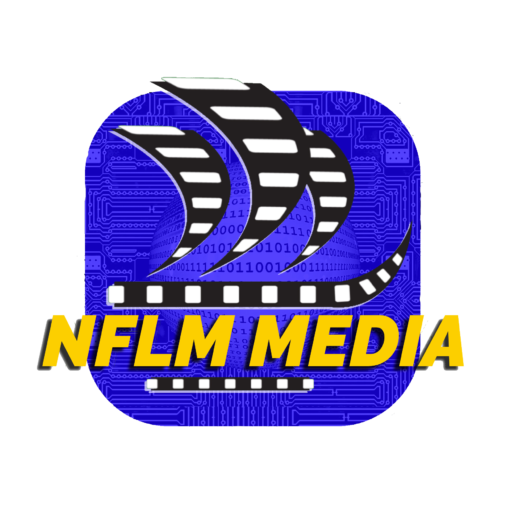Creating top-of-the-funnel (TOFU) content that converts involves strategically blending engaging and informative content with a clear understanding of your target audience’s needs and pain points. Here’s a step-by-step guide to crafting TOFU content that effectively drives conversions.
1. Define Your Goals and Audience
Goals:
- Increase brand awareness.
- Attract and engage potential customers.
- Drive traffic to your website.
Audience:
- Identify your target audience segments.
- Understand their needs, pain points, and interests.
- Develop audience personas to tailor your content effectively.
By clearly defining your goals and understanding your audience, you can create content that resonates and drives engagement.
2. Conduct Keyword Research
Tools to Use:
- Google Keyword Planner
- SEMrush
- Ahrefs
- Moz Keyword Explorer
Steps:
- Identify high-volume, relevant keywords.
- Look for long-tail keywords that match user intent.
- Analyze competitor keywords.
Keyword research ensures your content is discoverable by your target audience through search engines, increasing the likelihood of attracting the right visitors to your site.
3. Content Planning and Creation
Content Types:
- Blog posts
- How-to guides
- Case studies
- Whitepapers
- Videos
- Infographics
- Webinars
Content Structure:
- Titles and Headlines: Create catchy and informative headlines that include primary keywords.
- Introduction: Write engaging introductions that hook the reader and outline the content’s value.
- Body: Provide in-depth, well-researched, and structured content. Use subheadings (H2, H3) to break up text and include keywords naturally.
- Visuals: Use images, infographics, and videos to enhance understanding and engagement.
- Conclusion: Summarize key points and include a call-to-action (CTA).
A well-structured content plan helps maintain consistency and ensures your content is engaging and valuable to your audience.
4. SEO Optimization
On-Page SEO:
- Meta Titles and Descriptions: Include target keywords and make them compelling.
- Headers (H1, H2, H3): Use keywords naturally.
- Internal Linking: Link to other relevant content on your site.
- External Linking: Link to authoritative sources.
- URL Structure: Use clear, concise, and keyword-rich URLs.
- Image Alt Text: Describe images with keywords where appropriate.
Technical SEO:
- Ensure your site is mobile-friendly.
- Improve site speed.
- Use a sitemap.
- Implement structured data (Schema markup).
- Ensure proper indexing by search engines.
Optimizing for SEO helps your content rank higher in search engine results, making it more likely to be seen by your target audience.
5. Content Distribution and Promotion
Channels:
- Social Media: Share your content across platforms like LinkedIn, Twitter, Facebook, and Instagram.
- Email Marketing: Send newsletters and email campaigns to your subscribers.
- Guest Blogging: Write guest posts for reputable sites in your industry.
- Influencer Outreach: Collaborate with influencers to share your content.
- Paid Promotion: Use PPC campaigns to boost visibility for high-value content.
Promoting your content through various channels increases its reach and engagement, driving more traffic to your site.
6. Building Authority
Guest Posts and Collaborations:
- Write for industry-leading blogs.
- Collaborate with other experts for co-authored content or interviews.
Webinars and Podcasts:
- Host webinars and participate in podcasts to share your expertise.
Case Studies and Success Stories:
- Showcase real-world examples of how your services/products have helped clients.
Engage with Your Community:
- Respond to comments on your blog and social media.
- Participate in industry forums and groups.
Building authority in your industry establishes trust with your audience, making them more likely to convert.
7. Measuring and Analyzing Performance
Metrics to Track:
- Organic traffic
- Bounce rate
- Time on page
- Social shares
- Backlinks
- Conversion rates
Tools to Use:
- Google Analytics
- Google Search Console
- SEMrush
- Ahrefs
- Social media analytics tools
Regularly measuring and analyzing your content’s performance helps you understand what works and what doesn’t, allowing you to refine your strategy for better results.
8. Regular Updates and Improvements
Content Audit:
- Regularly review your existing content for relevance and accuracy.
- Update outdated information and refresh content to improve rankings.
Feedback Loop:
- Gather feedback from your audience through comments, surveys, and direct interactions.
- Use this feedback to improve your content strategy continuously.
Continuous improvement ensures your content remains relevant and valuable to your audience, maintaining high engagement and conversion rates.
By following these steps, you can create top-of-the-funnel content that not only attracts and engages your audience but also drives conversions, helping you achieve your marketing goals.





